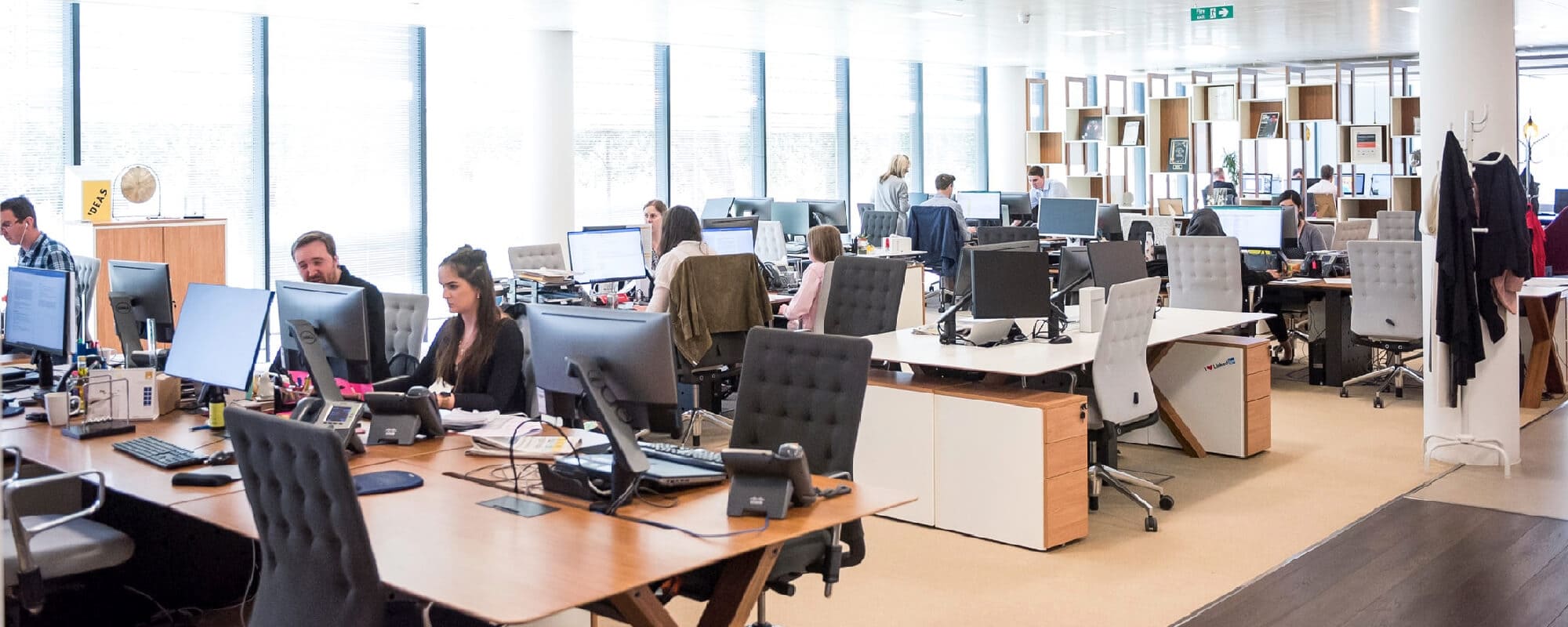Monitoring & Control PC Activity software 2025. Made in USA
The #1 Computer Monitoring Software in the U.S. — Secure, Simple, and Built for Results
Keep your business productive. Keep your family safe. Stay in control — wherever you are.
In today’s fast-paced digital world, knowing what’s happening on your computers isn’t a luxury — it’s a necessity. Whether you’re managing a small business, leading a remote team, or making sure your kids are safe online, our all-in-one monitoring software gives you everything you need to track, protect, and optimize computer use in real time.
Proudly used by thousands of Americans in all 50 states — and trusted by organizations coast to coast.
Why More Americans Are Choosing Our Monitoring Software
Let’s face it — most monitoring tools out there are either clunky, confusing, or just plain outdated. Ours isn’t.
- Give you crystal-clear insights
- Keep your data private and protected
- Run so smoothly, you’ll forget it’s even there
Whether you’re a business owner, IT manager, parent, or educator — we make it easy to stay informed without feeling overwhelmed.
See Exactly What’s Happening — Anytime, Anywhere
Our software gives you a complete view of what’s going on — all from one simple dashboard.
- Websites visited (and time spent)
- Apps and programs used
- Time spent on each task
- Keystrokes and clipboard activity
- File access and transfers
- Screenshots at custom intervals
- Email and chat monitoring
- USB and external device usage
Fast Setup, Friendly Interface, No Tech Skills Needed
- Install in under 5 minutes
- No technical background required
- Modern, intuitive design
- Smart alerts and behavior flags
- Daily/weekly email summaries
You’ll be up and running in minutes — and wondering how you ever managed without it.
Security You Can Count On
Our software uses secure U.S.-based servers, and strict access controls.
Designed for American Household and Workplace
We’ve got you covered.
Perfect for:
- Business Owners: Boost productivity, detect inefficiencies.
- IT Managers: Stay secure, compliant, and in control.
- Remote Leaders: Oversee distributed teams without micromanaging.
- Parents: Monitor screen time and protect your kids online.
- Educators: Ensure students stay focused and accountable.
Turn Insights into Action
Visual dashboards. Productivity scores. Behavior alerts. Everything you need to make smart decisions — fast.
Used Across the U.S. — Loved by Americans Everywhere
“This platform helped our team become more focused — we cut unproductive time by nearly 40% in the first month.”
— Shawn D., CEO, Chicago
“Finally, a tool that works without slowing down our systems. It’s smooth, efficient, and support is awesome.”
— Grace L., IT Admin, Atlanta
“As a mom, I’m thankful I found this. I can check in without being invasive — it’s changed how I manage tech at home.”
— Tamara P., Parent, Seattle
Affordable Plans for Everyone — No Surprises, No Junk Fees
- Lifetime licenses available
- Volume discounts for businesses/schools
- No hidden charges
Launch Offer: Save up to 40% today!
Try It Risk-Free for 30 Days
Use the full software for 30 days. If it’s not the right fit, we’ll refund every penny — no hassle.
Ready to Take Back Control?
You deserve software that works as hard as you do.
No risk. No contracts. Just clarity, control, and confidence — made in the USA.
👉 Join thousands who’ve made the smart switch. Choose insight. Choose safety. Choose us.






